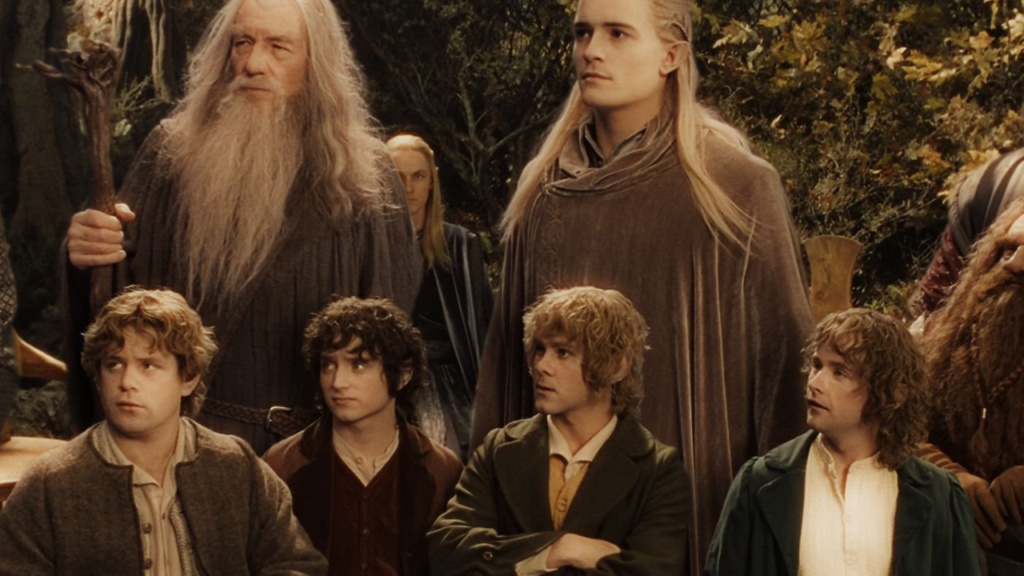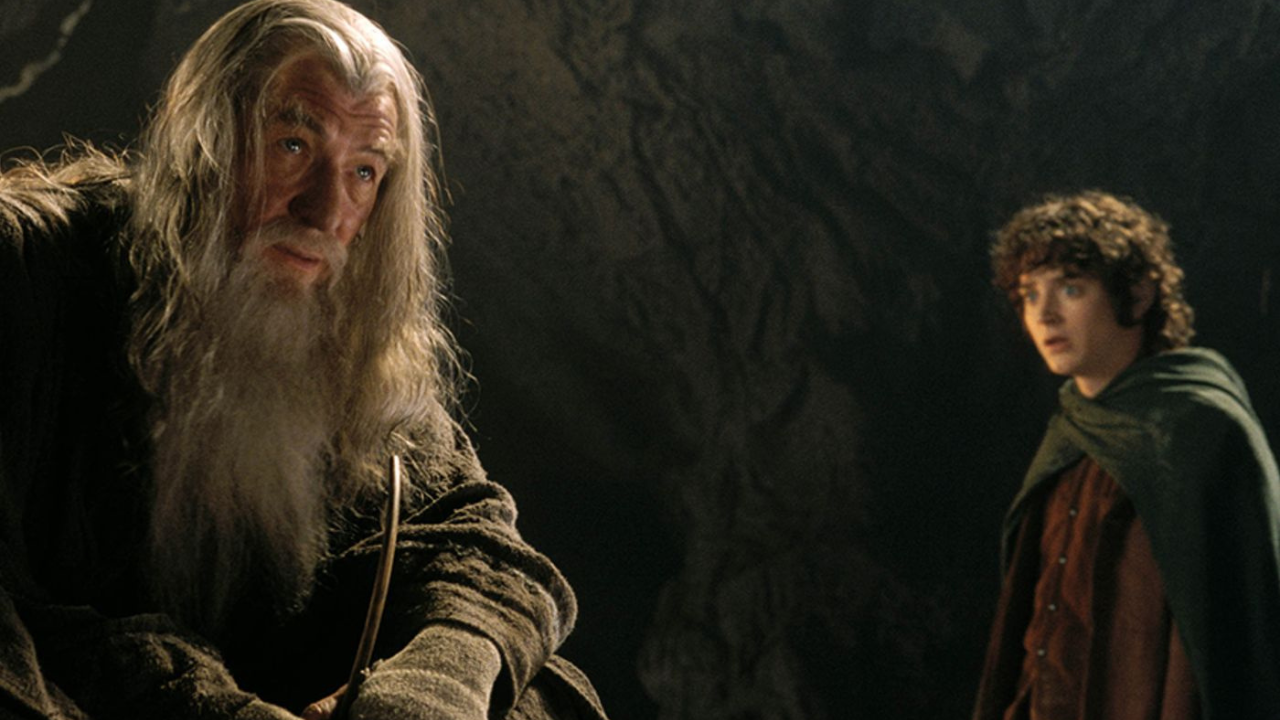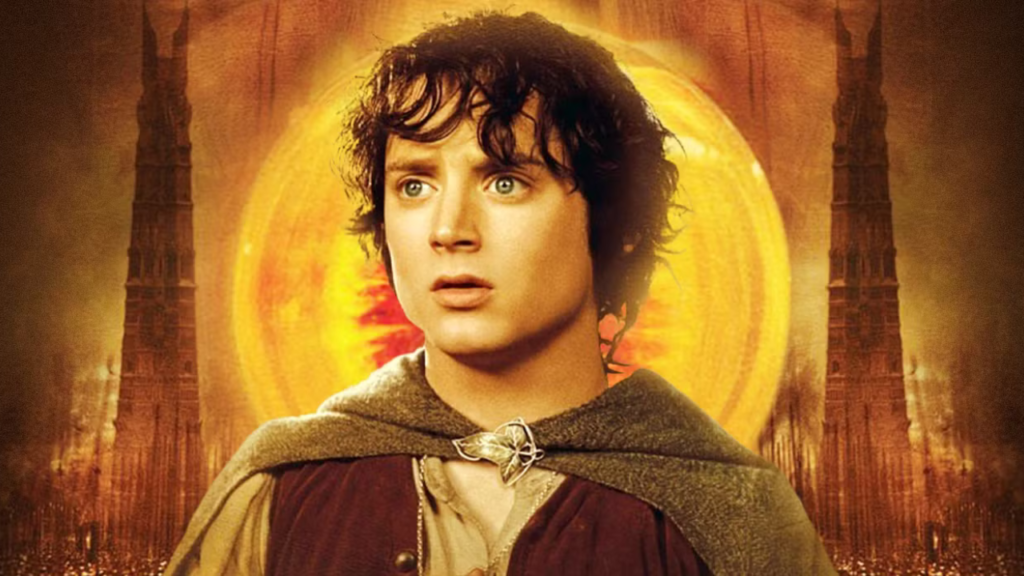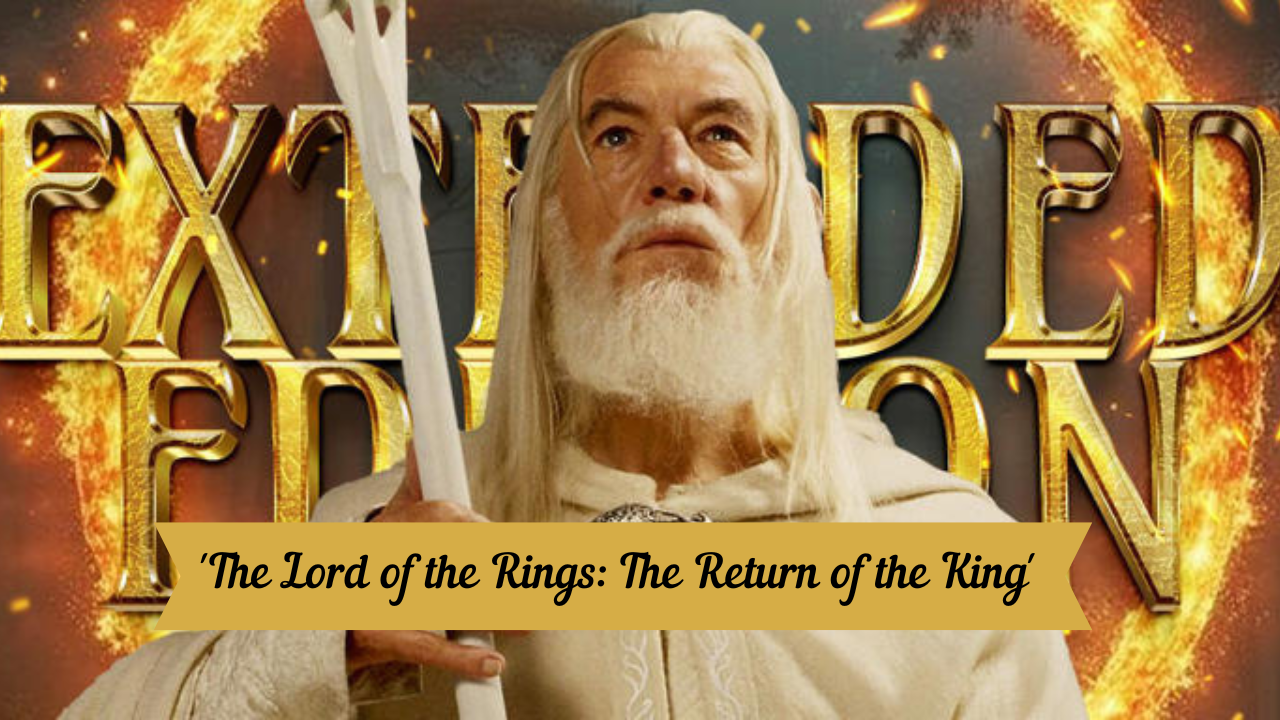Possibly the most important fantasy book of the 20th century is J. R. R. Tolkien’s The Lord of the Rings. Inspired by the mythological narratives of Norse and Germanic civilizations, he created an epic narrative about the corrupting character of power, the struggle between nature and technology, and the several kinds of heroism that led to the fall of evil. Lord of the Rings ushered in a new era of fantasy stories, and it is still the basis for most stories produced about the genre today. With unforgettable characters and a world with so much rich knowledge people make a profession studying it.
Based on the books, Sir Peter Jackson produced a trilogy of films between 2001 and 2003 that smashed all kinds of records and took home seventeen Academy Awards among other honors. Jackson and his team published the Extended Editions following the premiere of every movie, which comprised scenes either trimmed for time or not required for the theater run.

Though the extended editions are well over eleven hours long, fans have come to embrace them as the definitive version of the Lord of the Rings films because of how much they enhance the worldbuilding and the character interactions. All three of the expanded versions of The Lord of the Rings are ranked here. Their general quality and degree of enrichment of the original film will determine their ranking score.
‘The Lord of the Rings: The Fellowship of the Rings’
The Fellowship of the Ring has an enormous task ahead of it since it must not only carry viewers to the rich world of Middle-earth but also arrange the characters and the narrative of the One Ring created by the Dark Lord, Sauron ( Alan Howard), without referring to The Hobbit.
Luckily, it pulls it off brilliantly: every scene is expertly performed, guaranteeing that even individuals who are not presented until the Council of Elrond (Hugo Weaving) feel well-established, with individual wants and goals. Still, additional time to clarify things to the audience is never bad given the rich and far-reaching mythology of Tolkien.

Beginning with one of its first fresh sequences, “Concerning Hobbits,” this extended edition opens well. Here, Sir Ian Holm’s Bilbo Baggins provides the reader of his book—as well as the audience—with a succinct but essential overview of Hobbits, their society, and life in the Shire. Another scene has Frodo (Elijah Wood) and his pals enjoying themselves in the Green Dragon Inn.
Though they require little effort, these additions are great for clarifying what Hobbits are and how they vary from other races, therefore establishing the lovely and idealistic existence that Frodo and his friends will leave behind because of the risk of the One Ring.
Apart from the worldbuilding, several more sequences are added or extended to highlight the characters of Boromir (Sean Bean) and Aragorn (Viggo Mortensen). Aragorn gets a moment at his mother’s tomb and another where he performs a song about the doomed human and elf lovers, Beren and Lúthien.
These moments help to highlight his and Arwen’s (Liv Tyler) identical circumstances as well as his reluctance to carry out his fate as the future king of men. Boromir gets more contact with Aragorn regarding the state of Gondor and more scenes of him training and bonding with Merry (Dominic Monaghan) and Pippin (Billy Boyd), therefore displaying his humanity and making his end all the more terrible.

Not all of Fellowship’s long scenes—such as Sam ( Sean Astin) telling Frodo they have come upon the same trolls Bilbo encountered in The Hobbit—are really required. Furthermore, some of the little additions and longer sequences lack the kind of game-changing effect seen in the prior movies. Still, the Extended Edition of Fellowship is worth reading because of the extra history it offers and for giving Boromir more growth that enables the tragedy of his circumstances to be captured.
‘The Lord of the Rings: The Return of the King’
The Return of the Kings succeeded in finishing the trilogy and cleaned the Academy Awards, winning all eleven of its eleven nominations—including Best Picture. It delivers outstanding character moments and big fight scenarios brought to life via incredible CGI and fantastic practical effects, therefore combining the finest efforts of the two preceding films. Although some people find the ending to be very long in the tooth, it is reasonable to expect that the Extended Edition may overstay its welcome; yet, it helps to strengthen many of the issues with the theater cut.
The resolution of the fallen white wizard Saruman (Sir Christopher Lee), who was handwaved in the theatrical version as having been beaten because he lost his power, is most crucial. This scene depicts how his Palantir ends out in the ocean for Pippin to discover and marks his one last confrontation with Gandalf (Sir Ian McKellen).

Lee and Jackson’s relationship suffered without this sequence, but they worked things out in time so Lee might come back for The Hobbit trilogy. A few powerful new moments that highlight how difficult this last step has become help Frodo and Sam on their path into Mordor. One Ring’s former owner, Gollum ( Andy Serkis), ambushes the Hobbits—disguised as orcs—on Mount Doom’s slopes, adding a suspenseful scene when they almost return to the Black Gate.
The remaining fresh sequences are a mixed bag. Some, like the exchange between John Noble’s Denethor and David Wenham’s underappreciated Faramir, provide an excellent understanding of their connection.
Others, such as the prolonged scenes with the Paths of the Dead or the celebration following Helm’s Deep, let for humorous relief that, although not required, inject some lightness. Then there comes Gandalf’s showdown with the Mouth of Sauron (Bruce Spence) and the Witch King (Lawrence Makoare and Andy Serkis), straight from the book but whose execution leaves much to be desired.
The Lord of the Rings: The Two Towers
The Two Towers is the ideal example of a middle film in a trilogy. Following Aragorn alongside Frodo lets viewers witness the scope of Sauron’s fight against the free people of Middle-earth, therefore introducing fresh characters who will be prominent in the third film and intensifying the action.
Gollum gives the Frodo narrative a fresh level of drama as now Frodo may envision his destiny should he fail the mission. The Extended Edition enhances all of this with several fresh sequences exploring the emotions of the characters.

Where Faramir recalls the last time he saw his brother, Boromir, alive, the best new moment in any of the Extended Editions is maybe also here. By depicting Boromir as the hero of Gondor and clarifying his ambition to steal the ring—born from a need to defend his land and not from greed for power—the sequence humanizes Boromir. It also fuels Faramir’s ambition to please his father and his great respect for his brother for his bravery and dedication.
Speaking of Faramir, he is shown a fantastic scenario referencing one of Tolkien’s most potent works: when he tells Frodo and Sam how the battle will affect all of their bodies upon sympathizing with a dead Harad soldier. This moving event reminds viewers that, in every struggle, the enemy is no less human than they are and that their motivations for entering the war could be equally moral in their minds.
Regarding the other characters, Aragorn is assigned a fresh subplot with Brego, the horse belonging to the son of King ThÃceden (Bernard Hill), elucidating the reason the horse saved his life. Through protracted sequences of his army getting ready for battle and his study of Aragorn’s legacy, Saruman acquires multiple fresh moments to highlight his villainy.
More sequences featuring the Ent, and Treebeard (John Rhys-Davies), therefore extending the Ents’ culture, are also offered to Merry and Pippin. All things considered, the expanded version of The Two Towers wonderfully expands on the original movie, offering more elements to enhance the environment and enable the viewers to relate even more with the characters.
Conclusion:
Ranking the Lord of the Rings Extended Editions is no easy task, as each offers its own unique enhancements to the original films. From added depth to characters and storylines, to epic battles expanded upon, all three editions provide unforgettable cinematic experiences. However, one inevitably stands out as the most immersive and impactful version of Tolkien’s world.
FAQs:
1. Which is the best Lord of the Rings Extended Edition?
A. Many fans consider The Return of the King the best due to its expanded emotional depth and epic finale.
2. How much longer are the Extended Editions?
A. The Extended Editions add around 30 to 50 minutes of extra footage compared to the theatrical versions.

